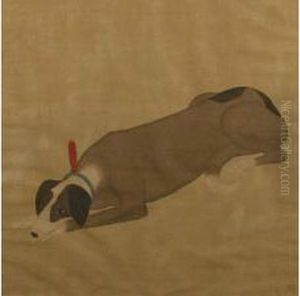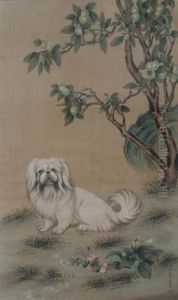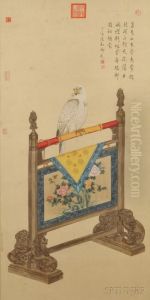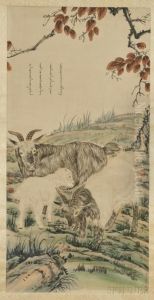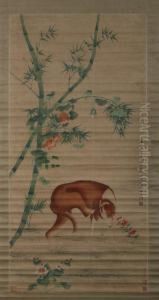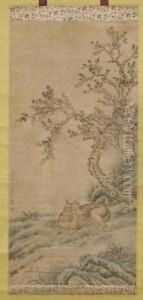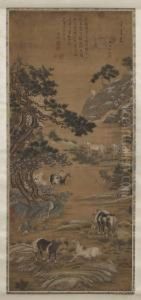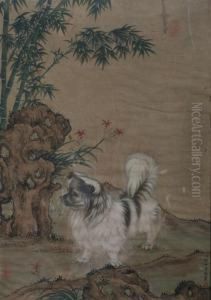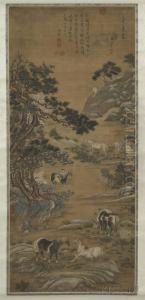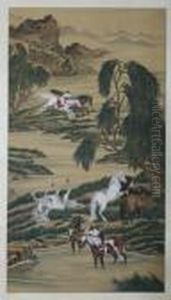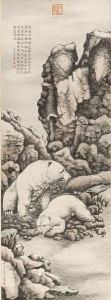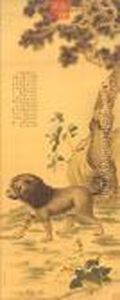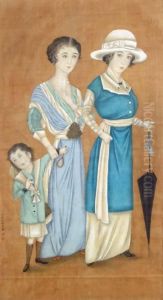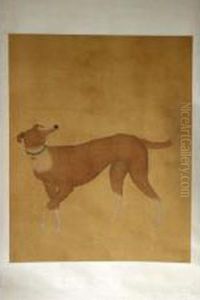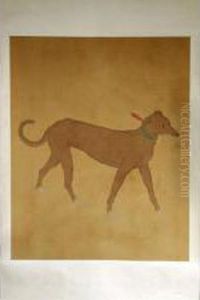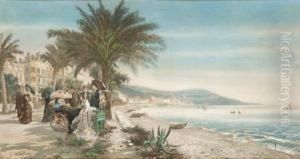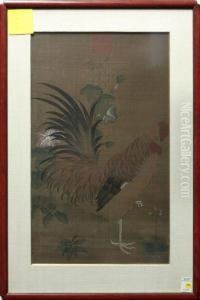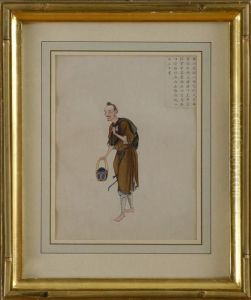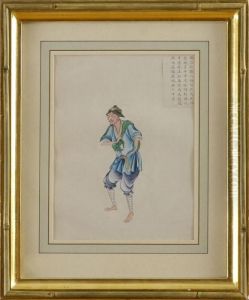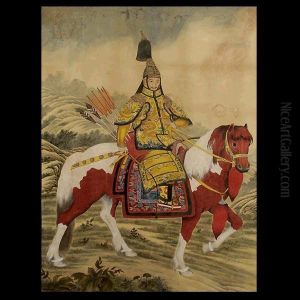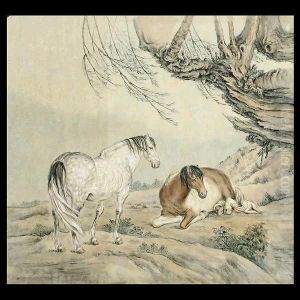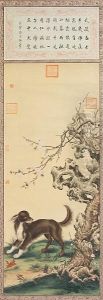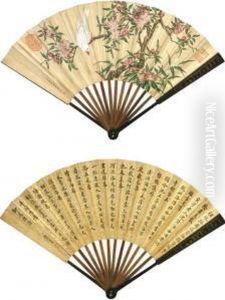Lang Shih-Ning Paintings
Lang Shih-Ning, also known as Giuseppe Castiglione, was an Italian Jesuit brother and a missionary who went to China, where he served as an artist at the Qing court. Born on July 19, 1688, in Milan, Italy, Castiglione displayed a talent for painting at a young age. He was trained in the art of painting in Genoa and Milan before joining the Society of Jesus (Jesuits) in 1707.
In 1715, he was sent as a missionary to China, where he adopted the Chinese name Lang Shih-Ning. His work as an artist quickly caught the attention of the Kangxi Emperor, and he was appointed as a court painter. His ability to blend Western painting techniques with traditional Chinese artistic conventions made his work particularly appealing to the Chinese Imperial Court.
Throughout his life in China, Lang Shih-Ning served three emperors: the Kangxi, Yongzheng, and Qianlong emperors. He is best known for fusing Western perspective and chiaroscuro with Chinese brushwork and composition. His paintings often featured an exquisite blend of European realism and Chinese symbolism, which was groundbreaking at the time.
Some of his most famous works include the portraits of the Qianlong Emperor, the large-scale painting 'One Hundred Horses', and various depictions of court life and animals. Lang Shih-Ning not only produced artwork but also contributed to the design and construction of several architectural projects in the Imperial gardens.
Castiglione remained in China for the rest of his life, and his influence on Chinese art continued long after his death on July 17, 1766. He is remembered as a key figure who contributed to the cultural exchange between the East and West during the 18th century. His works are preserved in various museums and collections around the world, notably in the Palace Museum in Beijing, and continue to be studied and admired for their unique blend of Eastern and Western artistic traditions.
